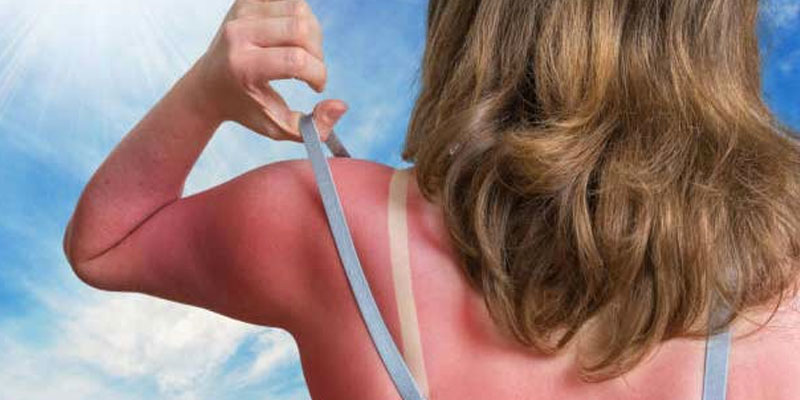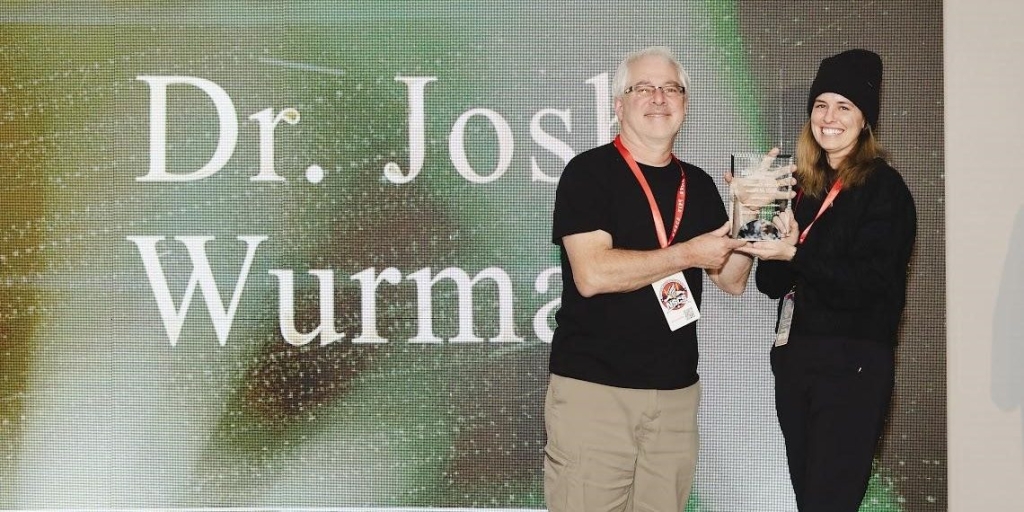The two main misconceptions about skin cancer diagnoses are: too much summer sun and the disease is not deadly.
Wrong and wrong, according to Connie Abbott, Nurse Practitioner, at The University of Alabama in Huntsville (UAH) Faculty-Staff Clinic (FSC).
“Skin cancer can develop at any time and it doesn’t occur more during a particular time of year,” Abbott said. “It is typically the result of collective effects of sun exposure. And, skin cancer can metastasize or move quickly to other body systems and lead to death.”
Although skin cancer is the most common form of the disease in the United States, Abbott warns sunscreen alone is not enough for prevention.
“Proper application of sunblock is extremely important. Other protective items like long-sleeved shirts, wide-brimmed hats, umbrellas, sun visor caps and sunglasses are not utilized like they should be,” she said. Abbott noted indoor tanning use has substantially decreased over the years but is still used by some individuals.
Abbott said there are two main forms of skin cancer: Nonmelanoma and Melanoma. “Nonmelanoma skin cancers include basal cell carcinomas and squamous cell carcinomas. Actinic keratosis is a precancerous condition that when untreated can develop into either one of the nonmelanoma forms,” she said.
“Nonmelanoma skin cancers are highly curable although squamous cell carcinomas can cause death if not treated. Melanoma is the third most common skin cancer but is much more malignant and can metastasize or move to other body systems and lead to death,” Abbott added.
The main risk factor for skin cancer is ultra violet (UV) ray exposure, which is responsible for 90 percent of nonmelanoma type skin cancers and 86 percent of melanoma skin cancers. UV exposure is the greatest between 10 a.m. and 4 p.m. In the United States, UV ray exposure is also greatest during the late spring and early summer months.
Abbott said a person doubles the risk for developing melanoma if they have had five or more sunburns in their lifetime. “Interestingly enough, most melanomas don’t arise from changes in pre-existing moles but from normal skin. Men and women 49 years old and over are at higher risk for the development of melanoma.”
People who are at greater risk for skin cancer include those with fair skin, blue or green eyes or blonde or red hair. Also those who burn easily, have more sensitive skin, or have lots of freckles or moles. Family history of skin cancer also increases risk.
“The best way to decrease sun damage is by wearing a water-resistant sunscreen with at least 15 or higher sun protection factor (SPF) on a daily basis,” said Abbott. “Most dermatologists recommend a higher SPF of 30. Avoiding tanning beds is also recommended, and studies have shown that daily use of sunscreen can lower the development of squamous cell carcinoma by 40 percent, and melanoma by half.”
Dermatologists recommend broad-spectrum protection against UVA and UVB rays. In addition, UVA rays penetrate more deeply into the skin and play a greater role in premature skin aging and wrinkle formation. There are about 500 more UVA rays in sunlight than UVB rays.
UVB rays are responsible for producing sunburn and play the greatest role in causing skin cancers, including the deadly black mole cancer, malignant melanoma.
Abbott offers more tips to prevent getting skin cancer:
- Apply sunscreen regularly – at least 30 minutes before going outside, and re-apply every two hours. Also re-apply after each swim.
- The scalp can also get burned, regardless of the amount of hair. Gentlemen who are bald should apply sunscreen to the scalp and wear a hat regularly when outdoors.
- Use an umbrella while walking or lying on the beach or for prolonged periods outdoors.
- Wear sunglasses that wrap around and protect from both UVA and UVB exposure. Wrap around glasses reduces the risk of developing macular degeneration – an eye condition that leads to blindness. Other conditions include heat exhaustion/stroke and rashes.
Abbott said advances in skin cancer research include treatment of melanoma, which is the most deadly form of skin cancer. “Surgery remains the mainstay of treatment, however, present research targets therapies that find and attack more specific cancer cells and keep normal cells. And immunotherapy helps the body’s own immune system fight cancer,” she added.
Dr. Louise O’Keefe, Director/CRNP and Assistant Professor of Nursing, and Connie Abbott, MSN, CRNP oversee the UAH clinic. The facility is located in Wilson Hall room 327, 256.824.2100.
(Courtesy the University of Alabama in Huntsville)













